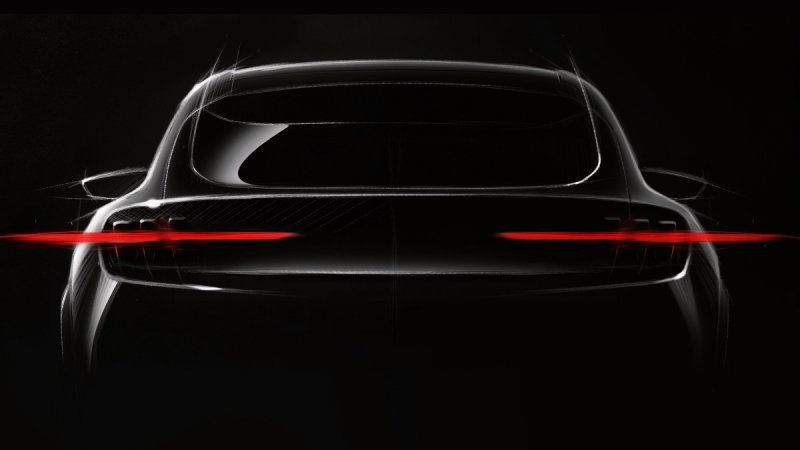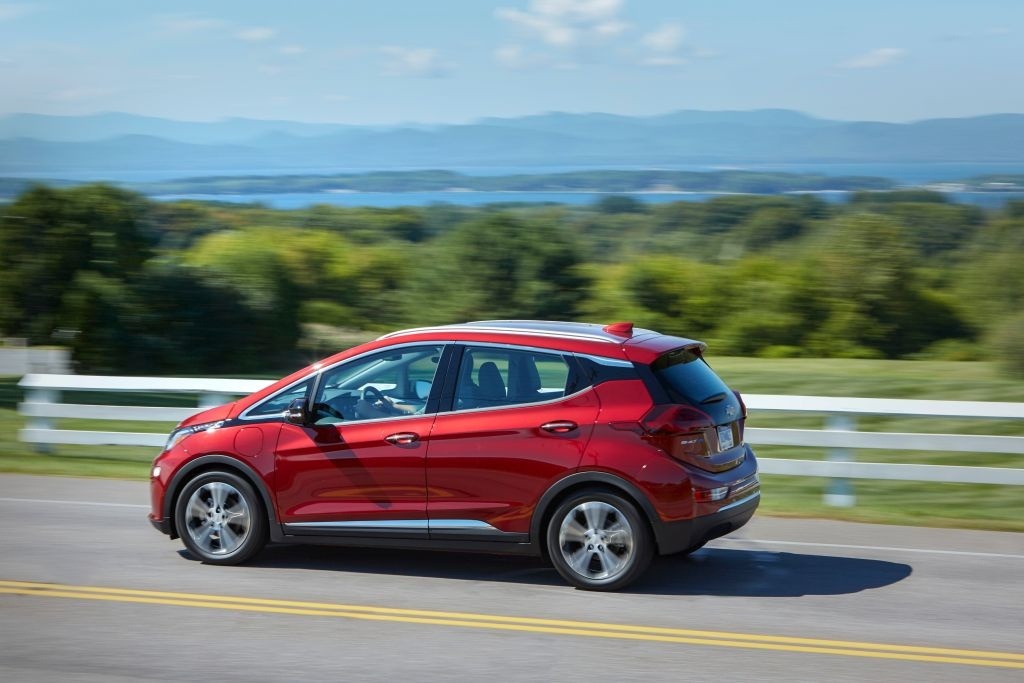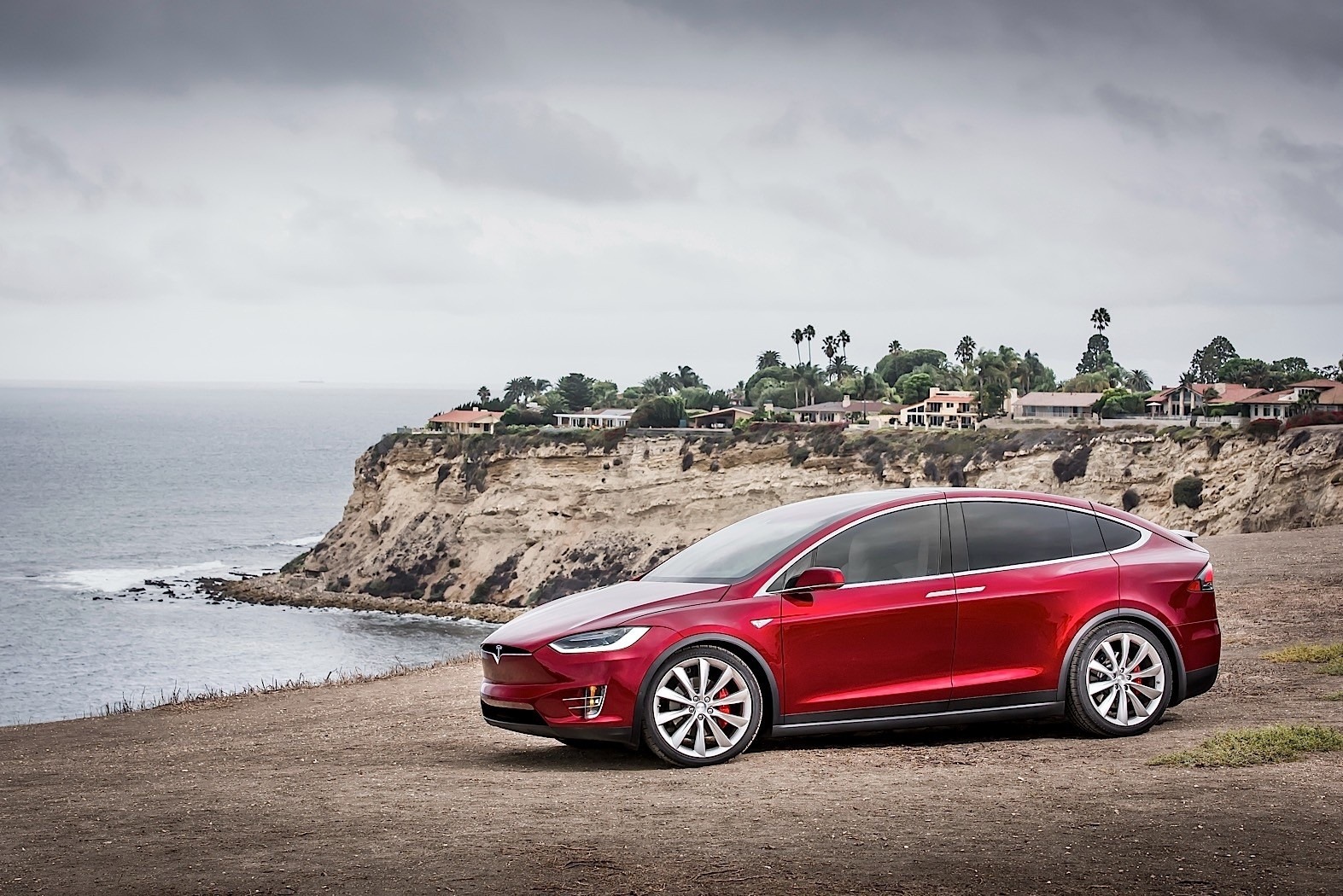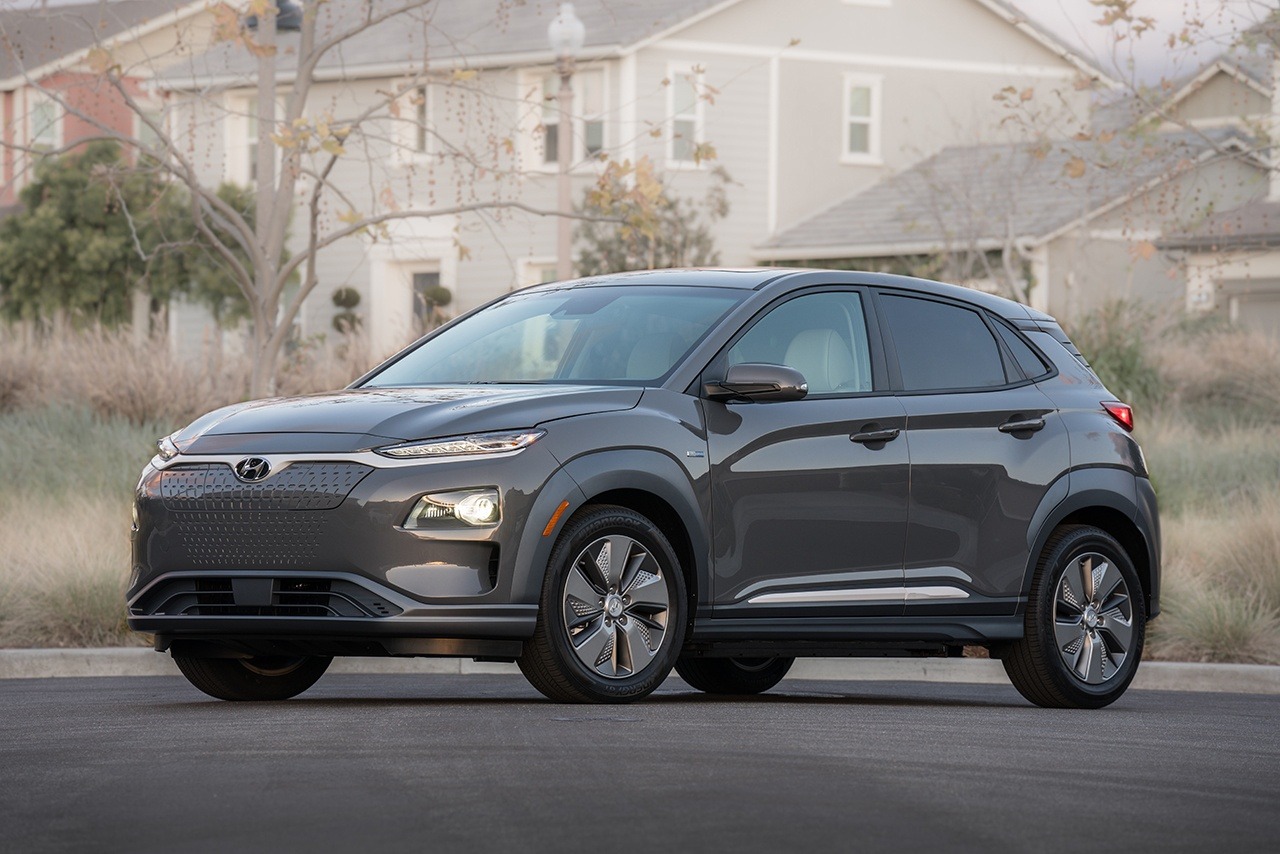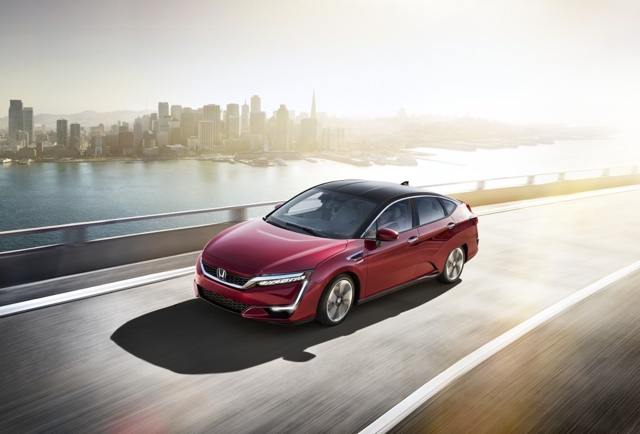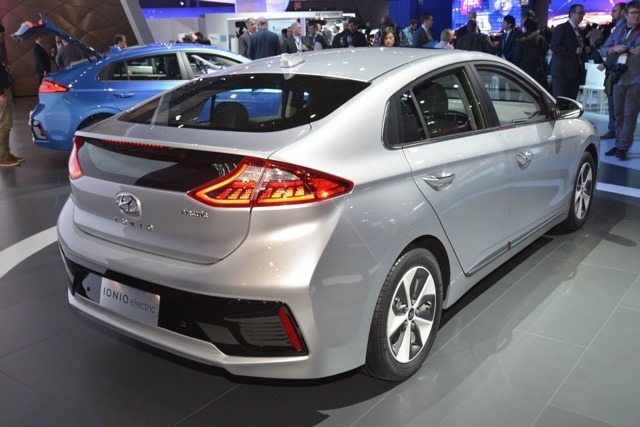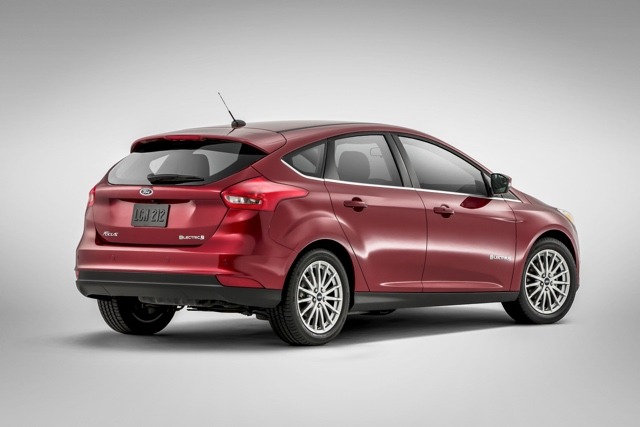Search the Community
Showing results for tags 'Range'.
-
Ford revealed during a debut event for its European electrified models that the as-yet-unnamed Mustang inspired electrified crossover will have a range of 370 miles when it arrives in 2020, but those are using the WTLP cycle, and the EPA range rating could be lower. Ford has previously stated they...
-
- crossover
- electric vehicle
- (and 4 more)
-
Chevrolet has announced that for 2020, the Chevrolet Bolt will have a longer range between charges. The new maximum range on a full charge is now 259, a 21 mile increase over previous year cars. Chevy achieved this by making a small change in the battery cell chemistry. This allowed the team t...
-
We reported earlier in April that Tesla was preparing more efficient versions of their Model S and Model X. Yesterday Tesla announced improvements to the Model S and Model X Long Range models that will increase range to 370 miles and 325 miles respectively, based on EPA testing cycle. The vehicles...
- 3 comments
-
- electric vehicle
- ev
- (and 4 more)
-
We reported earlier in April that Tesla was preparing more efficient versions of their Model S and Model X. Yesterday Tesla announced improvements to the Model S and Model X Long Range models that will increase range to 370 miles and 325 miles respectively, based on EPA testing cycle. The vehicles...
- 3 replies
-
- 1
-

-
- electric vehicle
- ev
- (and 4 more)
-
Ford revealed during a debut event for its European electrified models that the as-yet-unnamed Mustang inspired electrified crossover will have a range of 370 miles when it arrives in 2020, but those are using the WTLP cycle, and the EPA range rating could be lower. Ford has previously stated they...
-
- crossover
- electric vehicle
- (and 4 more)
-

Hyundai News:2019 Hyundai Kona Electric Has A 258 Mile Range
William Maley posted a topic in Hyundai
If you wanted an long-range electric vehicle that didn't have a Tesla badge, your best choice was the Chevrolet Bolt EV as it offered a range of 238 miles. But there is a new long-range EV champion/ The EPA has announced the figures for the 2019 Hyundai Kona Electric. It will have a maximum ran... -
Honda will soon be entering the electric car arena with the introduction of the Clarity EV this spring. But as Automotive News has learned, the Clarity EV will have a big disadvantage right out of the gate. The Clarity EV will only offer a range of 80 miles on a single charge. This puts it well...
- 6 replies
-
- clarity
- electric vehicle
-
(and 3 more)
Tagged with:
-
- 6 comments
-
- clarity
- electric vehicle
-
(and 3 more)
Tagged with:
-
- 4 comments
-
- 250 Mile Range
- 250 Miles
-
(and 4 more)
Tagged with:
-
Late this year will see the launch of two new EVs, the Chevrolet Bolt and Hyundai Ioniq EV. The Bolt is the big story as it will offer a 200 mile range. The Ioniq EV will only have an 110 mile range. But that doesn't mean Hyundai isn't thinking about doing an electric vehicle with more range. By...
- 4 replies
-
- 250 Mile Range
- 250 Miles
-
(and 4 more)
Tagged with:
-
-
- Battery
- Electric Vehicles
-
(and 3 more)
Tagged with:
-
One of the key problems with most electric vehicles is the limited range on offer with many offering a max range of around 100 to 120 miles. Many believe that for electric vehicles to be in the mainstream, they need to offer a minimum of 200 Miles. But not Ford. Speaking with Automotive News, Fo...
-
- Battery
- Electric Vehicles
-
(and 3 more)
Tagged with:


